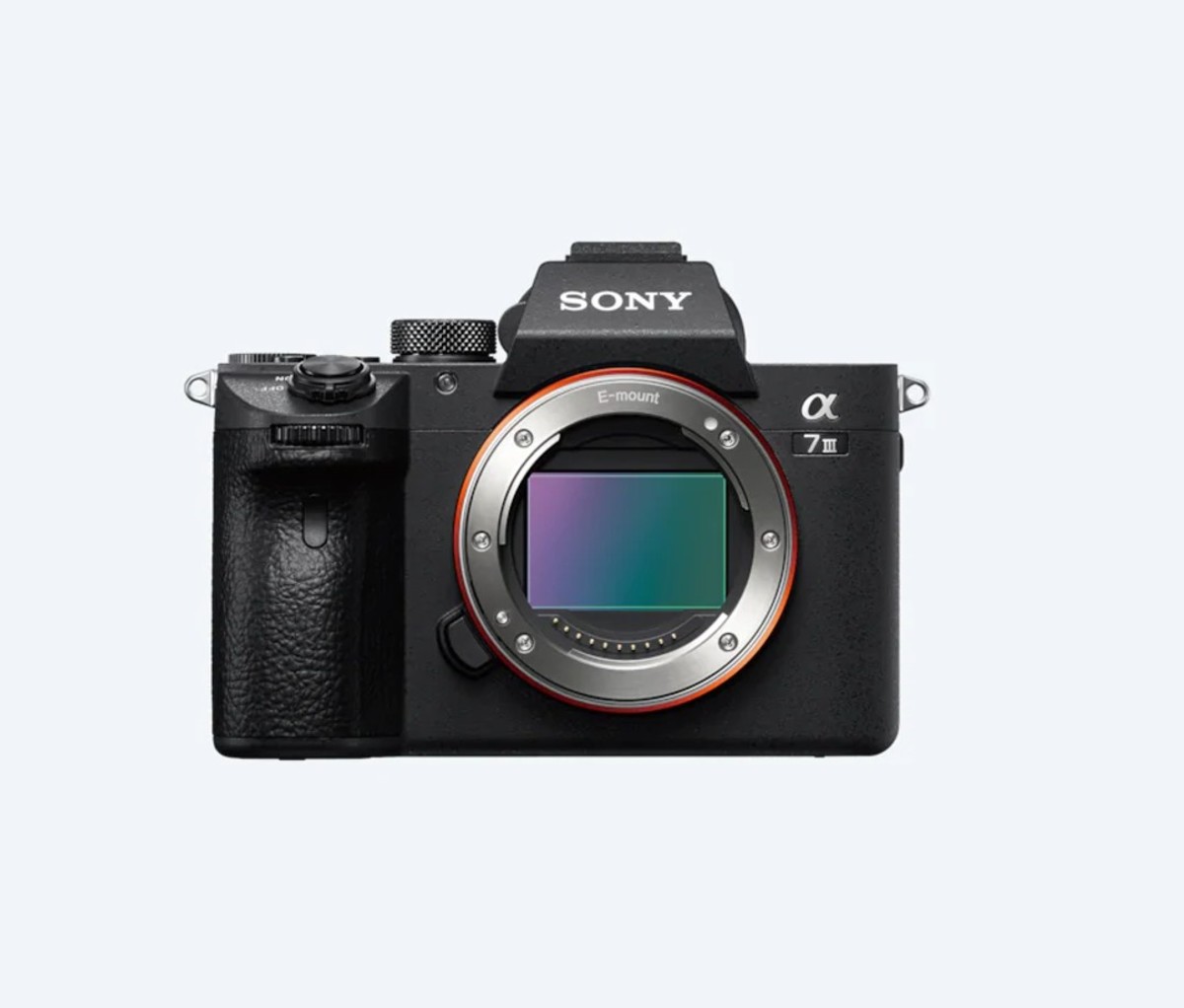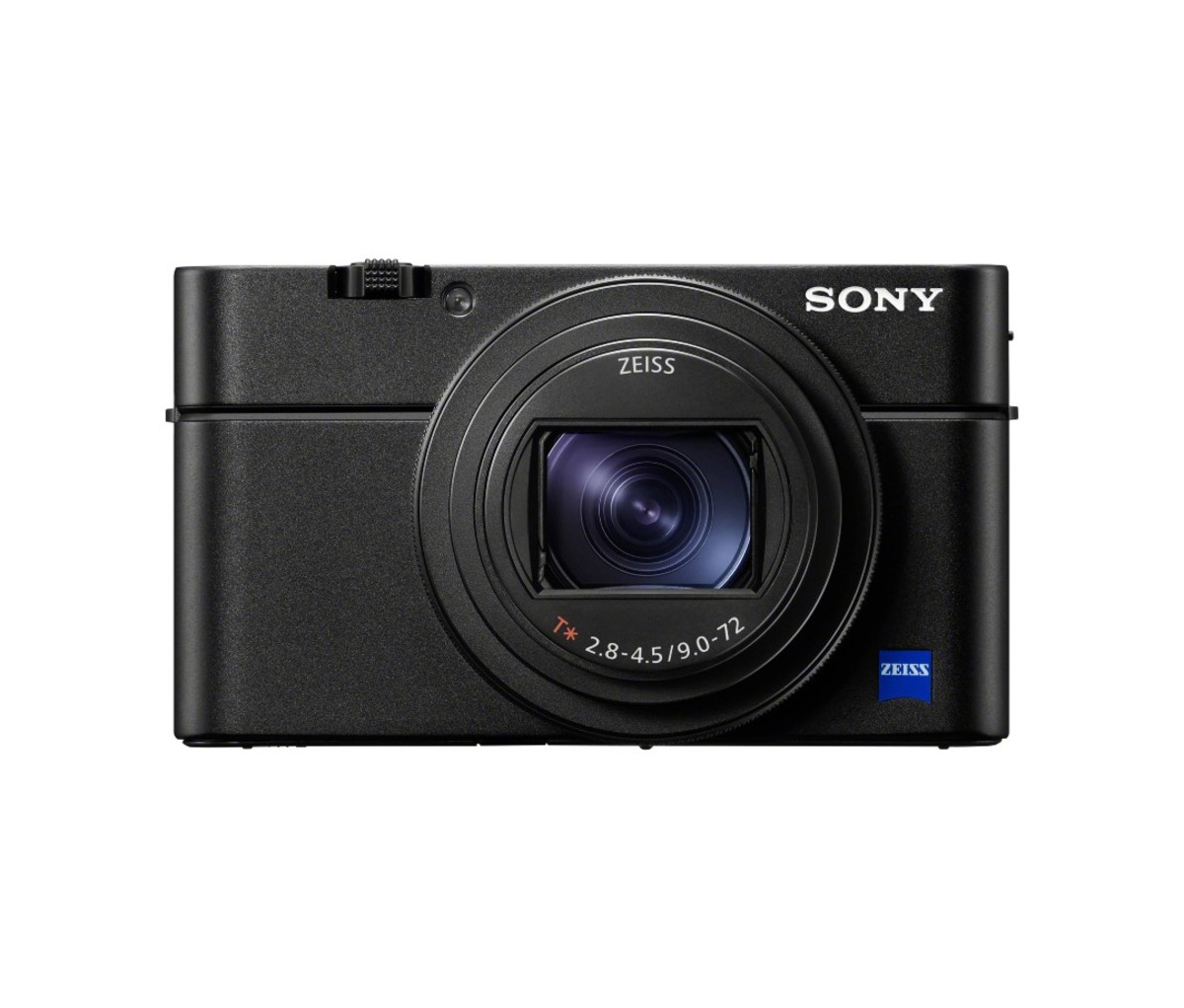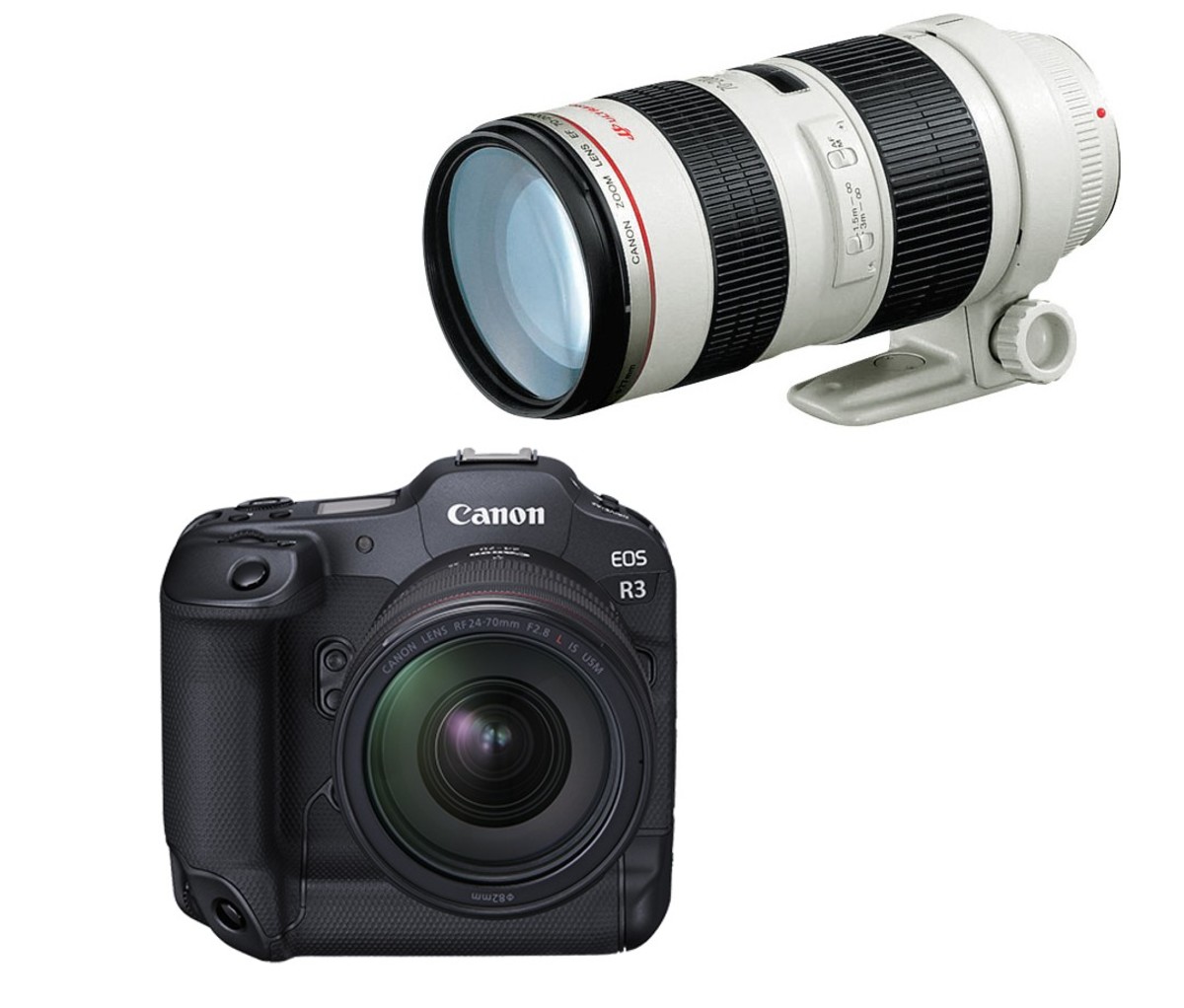As smartphone photography improves with each passing year, actual standalone cameras are getting wrongfully sidelined, but jet-setters shouldn’t discount travel cameras. They’re still better than smartphones, and can make one helluva difference capturing priceless sunsets, candids, meals, and more on your travels.
Composition, exposure, shutter speed, focal length…these aren’t terms most people know anymore, since we snap 100 photos of any subject without hesitation or consideration, knowing that one of them will be editable and postable in the end. But for many people, smartphones are a gateway to a bigger hobby or even a new profession.
If you’re in the market for a new toy—be it a gift or an essential piece of gear for you budding profession—heed the advice of some of our favorite professional photographers.
Some of these are investments, yes, but then again, that smartphone in your pocket was probably $1,000 or so, and you’re bound to replace it every other year. These top travel cameras below, however (with two obvious exceptions at the end) are made to last a lifetime—just like the memories they capture.
Best Travel Cameras for the Globetrotting Adventurer

Best Travel Cameras for Landscapes and Street Photography
FujiFilm GFX 100S
“When I set out for a year-long adventure crossing Africa south to north, I chose a Fuji GFX as my primary camera,” says August Dering, travel and portrait photographer, and photography masterclass instructor. “It’s a game changer, able to take a robust, weather-sealed, medium format camera into the wild. The resolution, dynamic range, and optical quality are outstanding—and the latest cameras have incredibly effective image stabilization, which was completely unheard of in medium format photography just a few years ago. Fuji is just killing it with the entire GFX system.
[$5,999; fujifilm-x.com]
Get it
Leica M10-R
“I like to travel as light as possible, too, so I’m always on the lookout for the best image quality in the smallest package, and Leica delivers in spades with the M-10R. This is the first high-resolution sensor in the legendary M series, which makes it particularly appealing for landscape photography. I think a lot of people only associate the M series with street photography and reportage (they are phenomenal for that), but with a gorgeous 40 megapixel sensor and some of the best lenses ever made, landscape photographers should take a serious look at this delightful little beast.”
[$8,300; leica-camera.com]
Get it
Best Travel Cameras for Food Photography
FujiFilm X-E4 with XF35mm F/1.4 lens
“FujiFilm’s X-E4 is perfectly designed for moments of spontaneity,” says Linda Pugliese, food, travel, and still life photographer. “The lens works well for shooting single plates of food or standing on a chair to get a little bit of the tablescape. It holds up in low light and the depth of field lends itself well to beautiful portraits. It’s the ideal grab-and-go camera that maintains quality and control.
[$849 for body; fujifilm-x.com]
Get it
Rolleiflex SL35 fitted with 50mm F/1.8 Zeiss lens
“In slower moments, when I’m cooking with friends, traveling for pleasure, and have the time to really sit, plan, and wait for the instant I want to capture, I prefer to shoot with my old-school Rollei,” says Pugliese. “For me, shooting with film is a meditative act. The camera itself is a little quirky, so the end result is always a bit of a surprise. That’s all part of the fun, making the camera a collaborator and not just a tool.” You can find the Rollei camera and lens on sites like eBay.
[Price varies; ebay.com]
Get it
Best Travel Cameras for High Speeds
Sony Alpha 7 III
“A lot of what I shoot involves speed or a reactionary need for it, and that lends itself to having smaller cameras,” says Sam Hurly, car and lifestyle photographer. Luckily, the smaller ones can compete better with the larger bodies every year. My personal favorite for form, price, and power is the Sony A7 line, namely the A7 III, at present. I’ve found an amazing balance of megapixels, 10 photos per second, shooting with a large enough RAW buffer to keep the average trigger-happy dad covered—not to mention a sub-$2,000 price tag. (The fourth generation is set to be released soon, so used ones will become even more accessible.)
[$1,999; sony.com]
Get it
Sony RX100
“A secondary choice on the go is simply a point-and-shoot camera. I also stick with Sony here; its RX100 line offers size, speed, and specs. Again, the line between size and performance is so blurred these days that a camera the size of a phone can outperform professional cameras of old. And yes, they still shoot better than smartphones; why else would they make them?”
[$1,299.99; sony.com]
Get it
Best Travel Cameras for Winter Weather and Sports
Canon Bodies with L-Series Lenses
“When it comes to being in sometimes brutal wintery environments, you don’t have the luxury of changing lenses a lot to keep the elements away from the back of the lens or the sensor of the body,” says Chris Wellhausen, sport photographer, photojournalist, and Men’s Journal contributor. Wellhausen is a 20-year Canon devotee, and relies heavily on their bodies and lenses for his high-altitude, fast-paced pictures. “Canon’s 70-200mm is a go-to lens because it can create a diverse array of compositions whether the action is semi-close or farther away at a distance. It covers a great range for most action, and is a real nice lens for portraits, too. It’s built with a metal lens mount and has a decent rubber seal when it meets the camera body. As for the R3 body, that’s rock n’ roll to me. It brings everything together; the moment, sharp as can be, captured on a premium sensor, with a mirrorless experience. These bodies are built to be rugged. I also love the motordrive capabilities of 30 frames per second on an endless buffer.”
[Price varies; canon.com]
Get it
Best Camera for Candids
Ilford XP2 Harman Super Single-Use Black & White Camera with Flash (27 Exposures)
“You’ve already got a smartphone in your pocket, which takes incredible candid photos,” says Paul Octavious, portrait, still, and lifestyle photographer, and founder of Black Archivist. “But nothing compares to the thrill of film, and not knowing what you get. Just point, click, snap, and move on—no double checking to make sure everyone looks perfect. Ilford’s Harman Black & White Camera gives you 27 exposures for 19 bucks. Twenty years ago, that price would shock people, but now it’s a true art (and joy) to have film developed—and you’ll savor the travel memories all the more, than if they’re lost in a scroll of 50,000 other thumbnails on your device.
[$10.92; ilfordphoto.com]
Get it
Best Smartphone and Apps for Travel Photography
Apple iPhone
“I’ve always trusted Apple and their cameras for the clean, minimal aesthetic of the phone and its software, and because the navigation is so user-friendly,” says Beau Sam, commercial videographer and lifestyle photographer. “I also think iPhones are exceptionally good at capturing stills and video in natural light, particularly with color and tone. Because I’m a video director, I find the stabilization function on the new iPhone 13 Pro especially helpful. It allows me to shoot handheld while still delivering smooth cinematic shots. Even with a shaky hand and clumsy feet, you can still get really seamless shots because of the stabilization motor.
Get it

VSCO
“As for editing, I use VSCO mainly because you can easily preset filters for both stills and videos, so you can apply and post quickly in real time,” Sam says. “But the best way to get a good shot on your smartphone—which leads to less editing—is controlling and locking the light. (On iPhones, you tap on the subject of the shot, then adjust the light to that thing, and keep holding on that spot until the photo captures.) This is helpful so you don’t become overexposed or unfocused during the shot. For videos, it ensures that your light stays consistent, too.”
Download Nowfrom Men's Journal https://ift.tt/3Bozkib



No comments:
Post a Comment